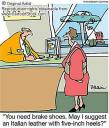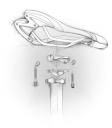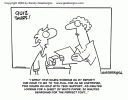How to patch an inner tube the right way.
 A lot of people don’t patch bicycle inner tubes anymore, which I think is a little bit sad. Generally speaking, it’s better for the environment to repair rather than replace, so that’s reason enough for me to continue patching tubes. I am sure that the sale of a small patch kit along with extra patches more than offsets the environmental cost of yet another replacement innertube.
A lot of people don’t patch bicycle inner tubes anymore, which I think is a little bit sad. Generally speaking, it’s better for the environment to repair rather than replace, so that’s reason enough for me to continue patching tubes. I am sure that the sale of a small patch kit along with extra patches more than offsets the environmental cost of yet another replacement innertube.
I have a strong hunch that most people who buy new tubes all the time do so partly because they don’t know the correct procedure to use when patching an innertube. Maybe what happened was that like me they tried to repair a tube when they were a kid & failed miserably. I’ll admit that despite 10 years of biking experience, I never really bothered with patching tubes until fairly recently either. It’s not that I lack time – it’s that they’ve never worked for me in the past, because no one taught me the proper technique. I have had limited success with glueless patches (park ones are the best by the way). But if you follow this detailed guide, you can repair your punctured bicycle tubes the old fashioned way (using glue and patches) so they behave just like new.
Before I get started, why did I suddenly become converted? Well, what happened was, I got one of my hire bikes back, and to my surprise, one of my clients had patched one of my butyl inner tubes that had punctured. It was the most amazing patch-job I’d ever seen! The edges of the patch were *completely* flat. This one paticular cyclist had reached what I’d call «punture repair perfection». It was even better than those glueless patches I tell you. So ever since then, I reaslied it could work. After a fair amount of trial and error, I eventually found the right way to repair tubes using the traditional glue & patch method – I’m convinced that nothing beats it. [Read more →]
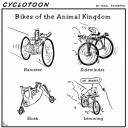


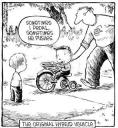
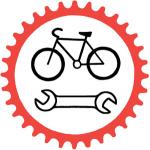 I have come to learn a lot about providing a
I have come to learn a lot about providing a 




